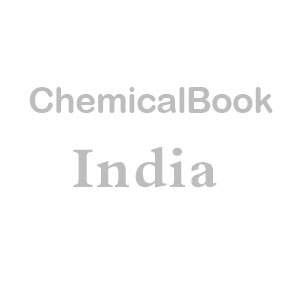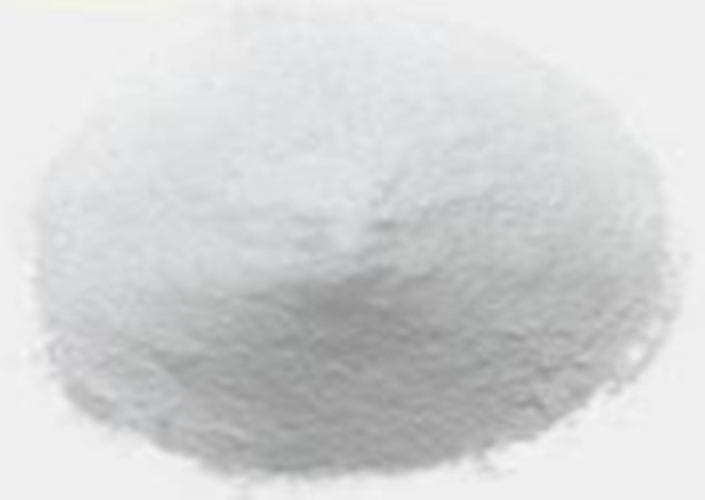6-Bromo-2-chloro-3-chloromethylquinolin
- CAS NO.:948290-77-5
- Empirical Formula: C10H6BrCl2N
- Molecular Weight: 290.97
- MDL number: MFCD09787655
- SAFETY DATA SHEET (SDS)
- Update Date: 2025-01-27 09:38:02

Safety information for 6-Bromo-2-chloro-3-chloromethylquinolin
| Signal word | Danger |
| Pictogram(s) |
 Corrosion Corrosives GHS05  Skull and Crossbones Acute Toxicity GHS06 |
| GHS Hazard Statements |
H301:Acute toxicity,oral H318:Serious eye damage/eye irritation H413:Hazardous to the aquatic environment, long-term hazard |
| Precautionary Statement Codes |
P280:Wear protective gloves/protective clothing/eye protection/face protection. P301+P310:IF SWALLOWED: Immediately call a POISON CENTER or doctor/physician. P305+P351+P338:IF IN EYES: Rinse cautiously with water for several minutes. Remove contact lenses, if present and easy to do. Continuerinsing. |
New Products
Naphthalene-2-sulfonyl chloride Methyl 2-hydroxy-3-nitrobenzoate 2,6-dichloro-4-nitropyridine 1-Chloro-4-Methyl-2-Nitrobenzene 4-Bromo-2-chlorobenzonitrile 2-((4-morpholinophenylamino) (methylthio) methylene) malononitrile 2-Benzylbenzoicacid 1,3-Di Iodo Benzene Methyl 2-oxo-2,3-dihydrobenzo[d]oxazole-7-carboxylate 4-(2-Aminoethyl)-7-hydroxy-2H-chromoen-2-one 3-Hydroxy-4-nitrobromobenzene 2-Ethyl-1,4-diaminobenzene Thio AcetamideRelated products of tetrahydrofuran





You may like
-
 6-Bromo-2-chloro-3-chloromethylquinoline CAS 948290-77-5View Details
6-Bromo-2-chloro-3-chloromethylquinoline CAS 948290-77-5View Details
948290-77-5 -
 MFCD22560726 98%View Details
MFCD22560726 98%View Details
MFCD22560726 -
 3-Hydroxy-4-nitrobromobenzene 98%View Details
3-Hydroxy-4-nitrobromobenzene 98%View Details
2768-84-0 -
 4-(2-Aminoethyl)-7-hydroxy-2H-chromoen-2-one 98%View Details
4-(2-Aminoethyl)-7-hydroxy-2H-chromoen-2-one 98%View Details
1234064-08-4. -
 2-Ethyl-1,4-diaminobenzene 98%View Details
2-Ethyl-1,4-diaminobenzene 98%View Details
MFCD19203885 -
 85-81-4 6-Methoxy-8-nitroquinoline 98%View Details
85-81-4 6-Methoxy-8-nitroquinoline 98%View Details
85-81-4 -
 2-((4-morpholinophenylamino) (methylthio) methylene) malononitrile 98%View Details
2-((4-morpholinophenylamino) (methylthio) methylene) malononitrile 98%View Details -
 Hot Sales:Thio AcetamideView Details
Hot Sales:Thio AcetamideView Details
62-55-5
Statement: All products displayed on this website are only used for non medical purposes such as industrial applications or scientific research, and cannot be used for clinical diagnosis or treatment of humans or animals. They are not medicinal or edible.
